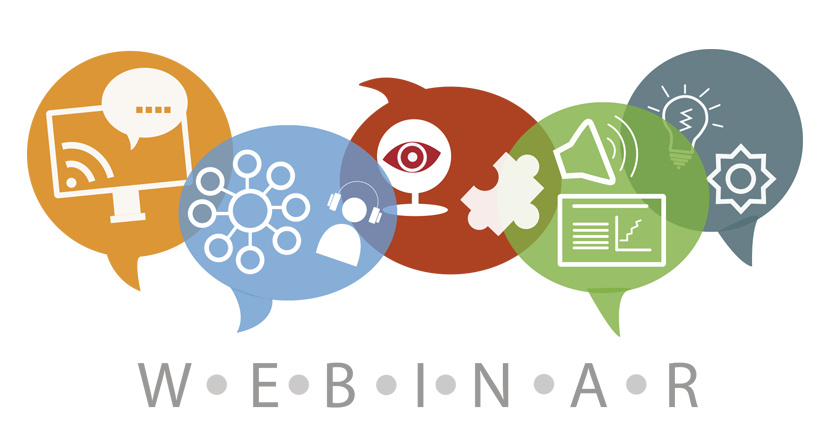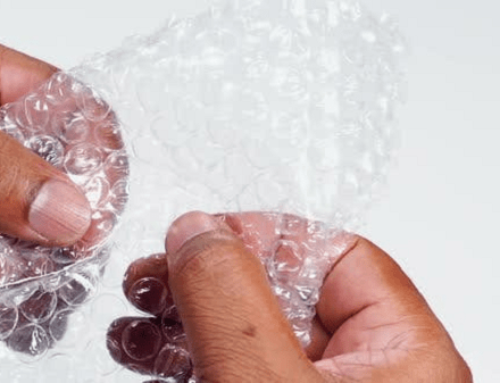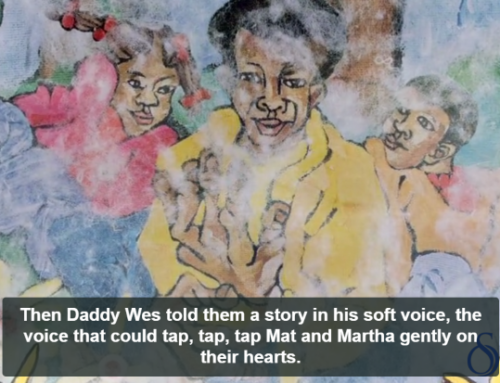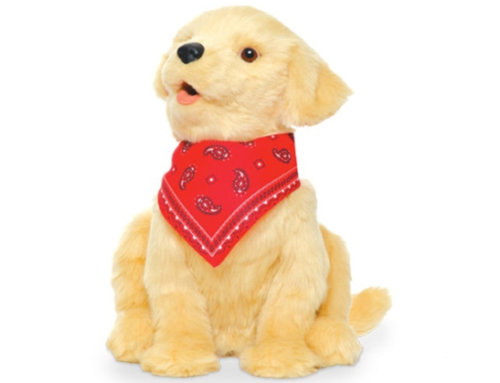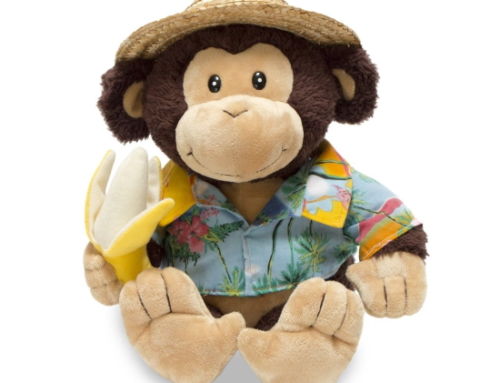Ten Ways to Adapt Hobbies
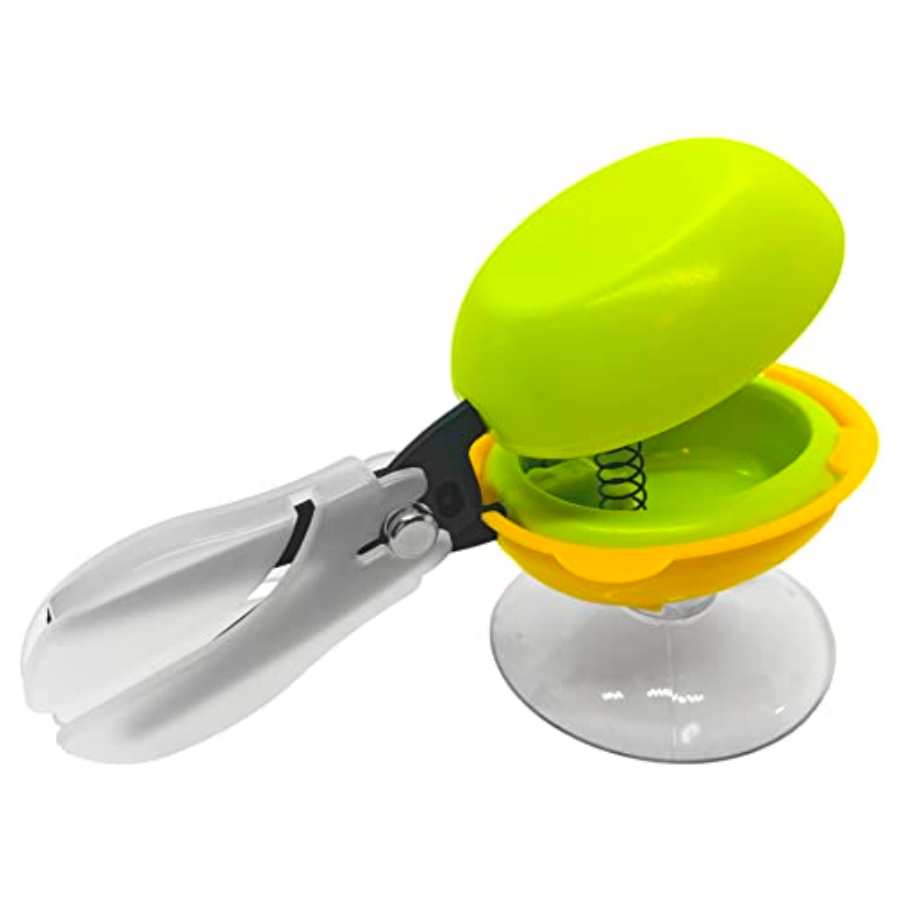
Thank you to Tori Gingras, Outreach Specialist with the Alaska AT Act Program (ATLA) for this reminder that there are many ways to pick up or continue with a favorite hobby or pastime. This article was originally posted in the ATLA newsletter.
Everyone can benefit from having hobbies; it’s important for physical, mental, and emotional well-being. When someone cannot or has difficulty participating in the desired activity, assistive technology (AT) may be the avenue by which someone regains the ability to participate or is introduced to a new activity.
Below you will find examples of how crafting, card playing, music, and winter sports can be accessible. Each person experiences different barriers, so the items below may not benefit everyone. However, we hope it will bring more awareness to how hobbies and recreational activities can still be enjoyed using AT.
Crafts
One. OttLite

An OttLite emits natural daylight illumination to help individuals see things more clearly as they craft. These can be especially helpful in the dark winter months. An OttLite with a magnifier can help see intricate details more clearly and reduce glare and eyestrain for those with low vision. An OttLite can help with knitting, needlework, painting, puzzles, beadwork, and much more.
Two. Spring-Loaded Scissors
These scissors have a spring in the handle, which helps them open automatically, and suction on the bottom so they can be fixed to a tabletop. The individual only needs to press down on the top of the handle to create the cutting motion. These can benefit individuals who cannot hold standard scissors, may have difficulty grasping, or need their available hand to control the material being cut.
Three. Needle Threaders

There are various types of needle threaders, and choosing the right one depends on the needle and thread being used. For example, a Clover needle threader is great for tapestry needles and embroidery floss. A Dritz Machine needle threader is better for threading and inserting needles on sewing machines with specialty threads. Whichever needle threader you choose, the main goal is to help insert the thread through the needle.
Four. Embroidery Frame Stand

An embroidery frame stand can hold onto your project at the height and angle that makes it easier for you to access. This tool eliminates the need to hold the hoop with embroidery, reducing hand cramping and strain.
Five. Adapted Paintbrush
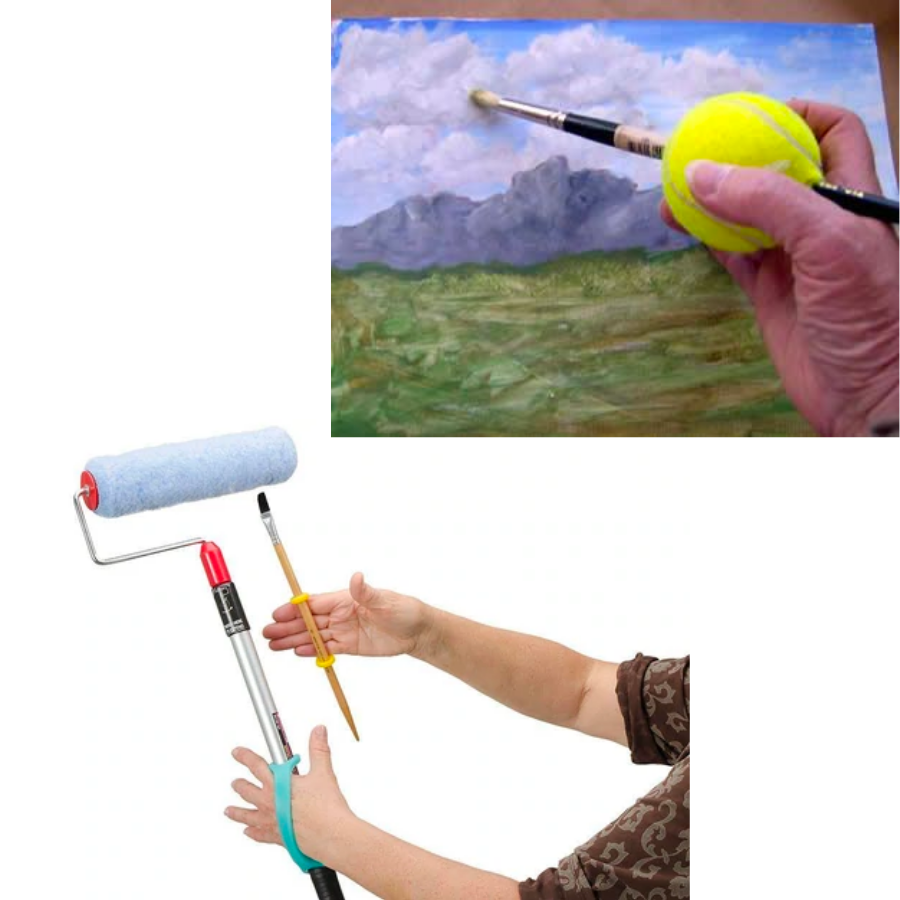
Adapting paintbrushes to make them easier to hold is a simple way to make painting more inclusive. DIY methods such as making a hole through a tennis ball and putting the paintbrush through the hole may make it easier for someone to hold. Universal cuffs, such as the EazyHold, remove the need to grasp the paintbrush for anyone with dexterity limitations.
Card Playing
Six. Specialty Playing Cards

Playing cards can be found in braille or large print formats. Mattel, the maker of Uno, provides the playing card game in braille, large print, and a colorblind accessible format. Bingo cards are also available in braille, large print, or an easy-read fingertip format. An automatic card shuffler can also assist in a more accessible card playing experience!
Seven. Card Holders
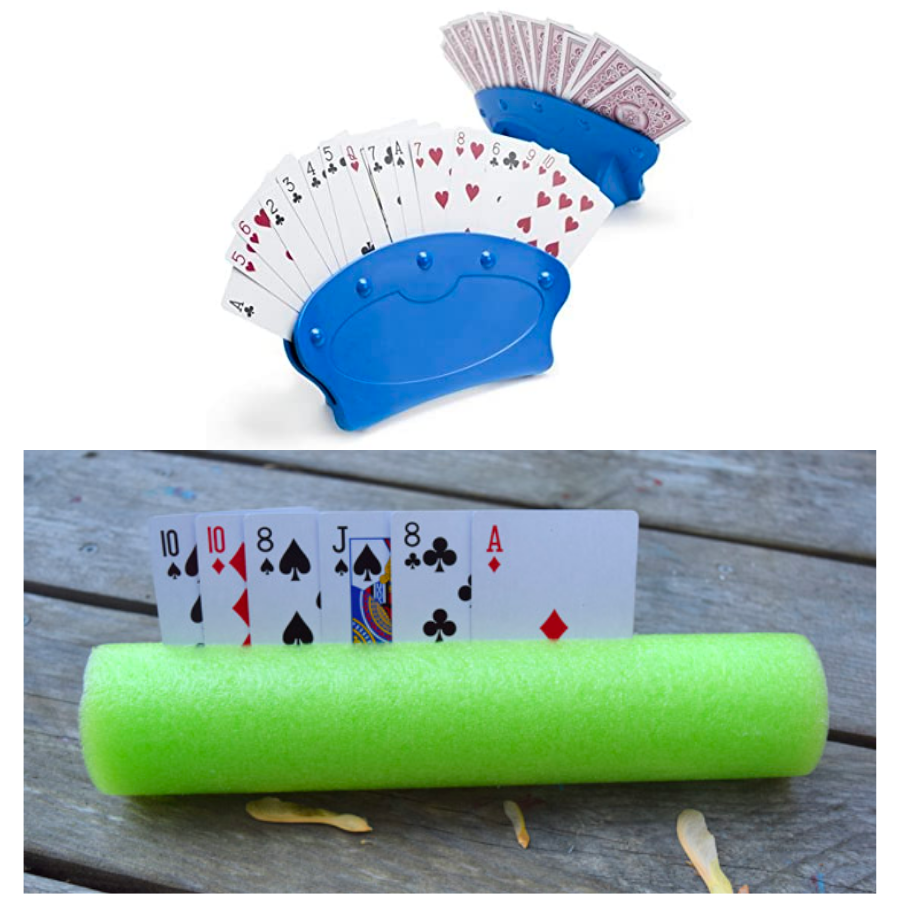
Cardholders can help individuals who struggle to hold all their cards at once or only have one hand available to play. Slide your cards into the top holding portion and pull the desired card when ready. Cardholders are often less than $10, or you can DIY one out of pool noodles, wood, or other materials.
Music
Eight. Skoog
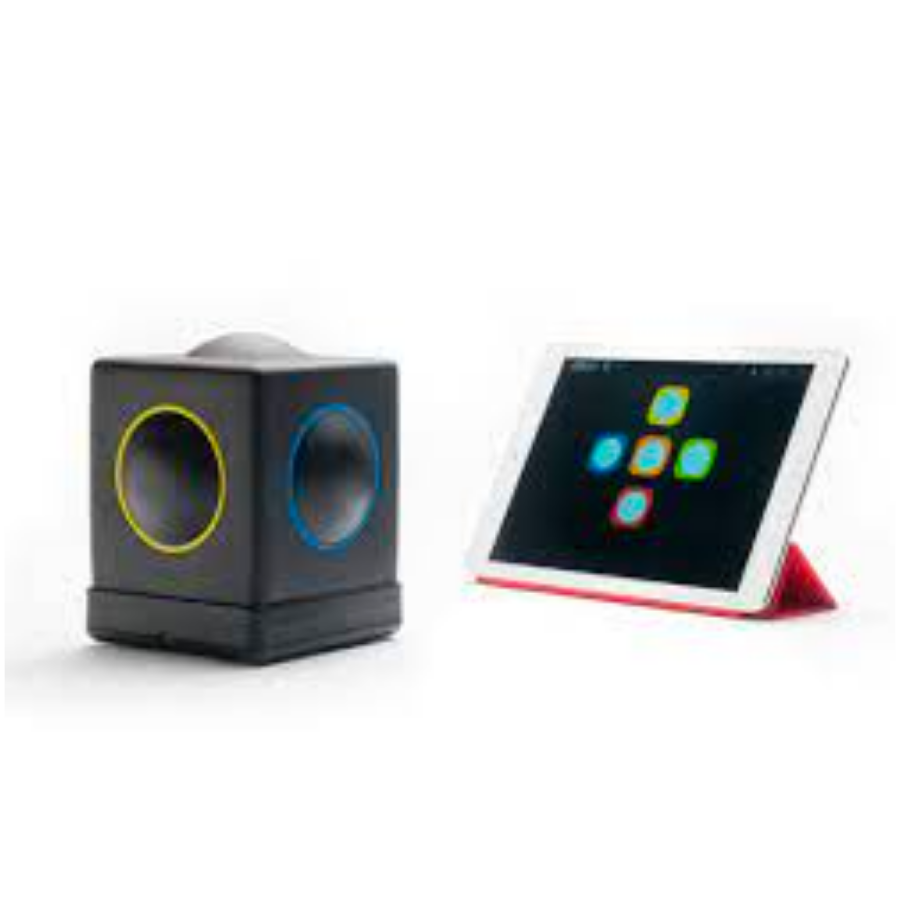
Skoog is a tactile musical instrument that connects with an iPad. Tap it, twist it, or squeeze and create your music. Where and how it is touched creates sound, and the adjustable sensitivity means that individuals can play with any part of the body: hands, elbows, knees, or head. Skoog connects wirelessly to an iPad or via USB to your Mac using the free Skoog app. Easily connect to GarageBand, your iTunes library, or music streaming service, and play along with the music. Just choose a song and get playing.
Nine. Beamz
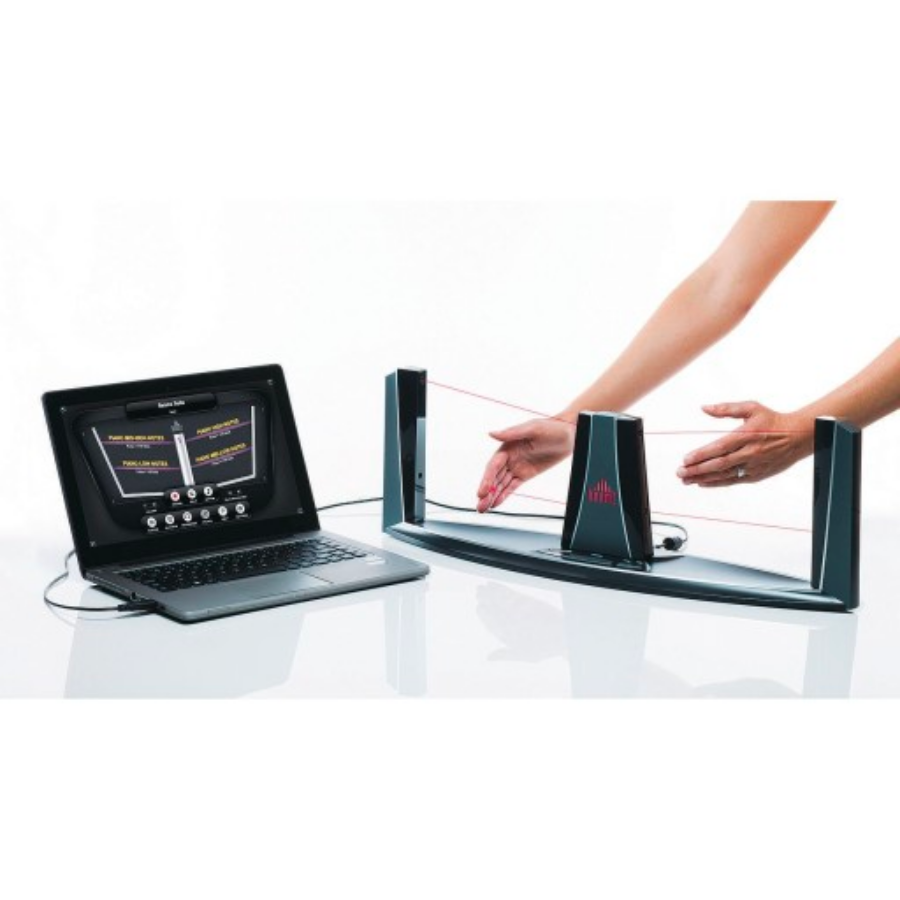
Beamz is an interactive music system that enables anyone, at any age, to have fun playing musical instruments, regardless of musical experience or ability, by simply touching light beams with their hands. Connect to your smart device and choose an instrument or sound that each beam corresponds with, then the individual can play by interrupting the beam, and when they remove their hand, foot, or arm, the sounds will stop.
Winter Sports
Ten. Challenge Alaska
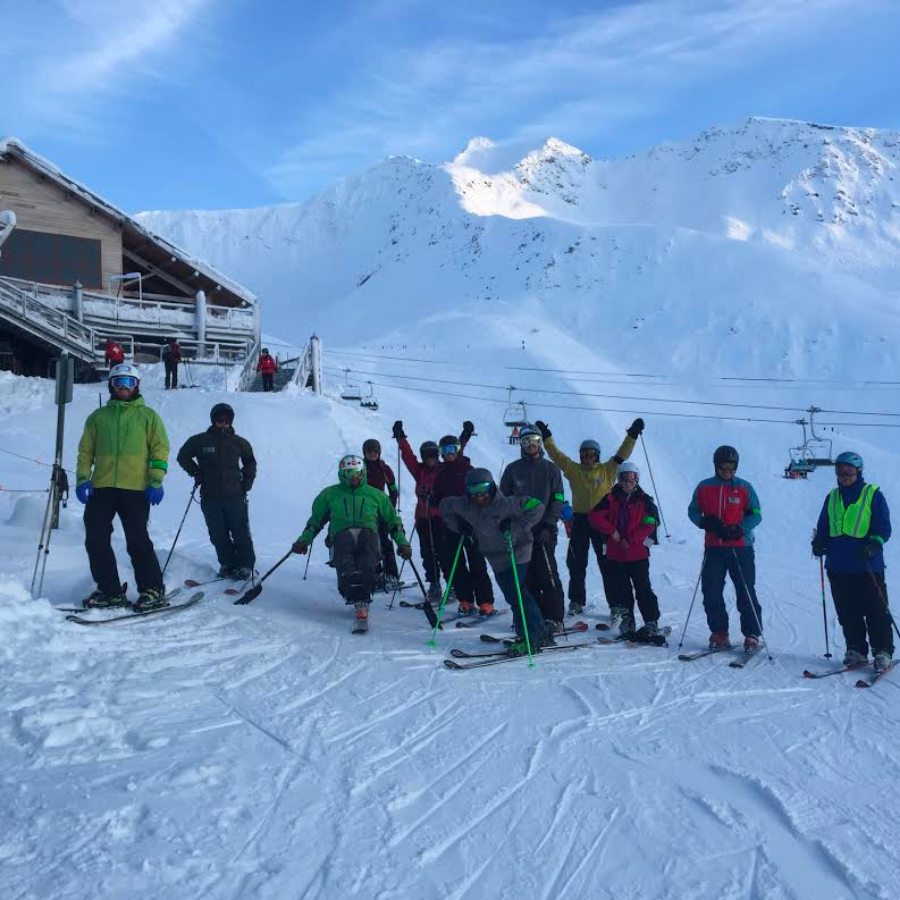
Challenge Alaska helps Alaskans with disabilities participate in sports. They have a location at the base of Alyeska where they assist individuals with skiing and snowboarding by providing lessons and teaching techniques adapted to suit individual needs. No matter what your ability might be, Challenge Alaska Ski School has the knowledge and/or equipment to get you on the slopes. In addition to skiing and snowboarding, Challenge Alaska also offers disabled hockey. Learn more about winter sports available through Challenge Alaska at www.challengealaska.org.
[Editor’s note: to find adaptive sports nationwide visit Move United.]In addition to these adaptive devices, many apps can make hobbies more accessible. Check out our Staff App Picks for January for information on apps for drawing, puzzles, games, and more!
Monthly Blog Digest
Search the blog
State AT Program Blogs
California
Florida
Indiana
Kentucky
Louisiana
Maryland
Massachusetts
Michigan
Montana
North Carolina
North Dakota
Utah
State AT Program Blogs
The AT3 Center, the Association of AT Act Programs (ATAP), and the Administration on Community Living (ACL) make no endorsement, representation, or warranty expressed or implied for any product, device, or information set forth in this blog. The AT3 Center, ATAP, and ACL have not examined, reviewed, or tested any product or device hereto referred.


